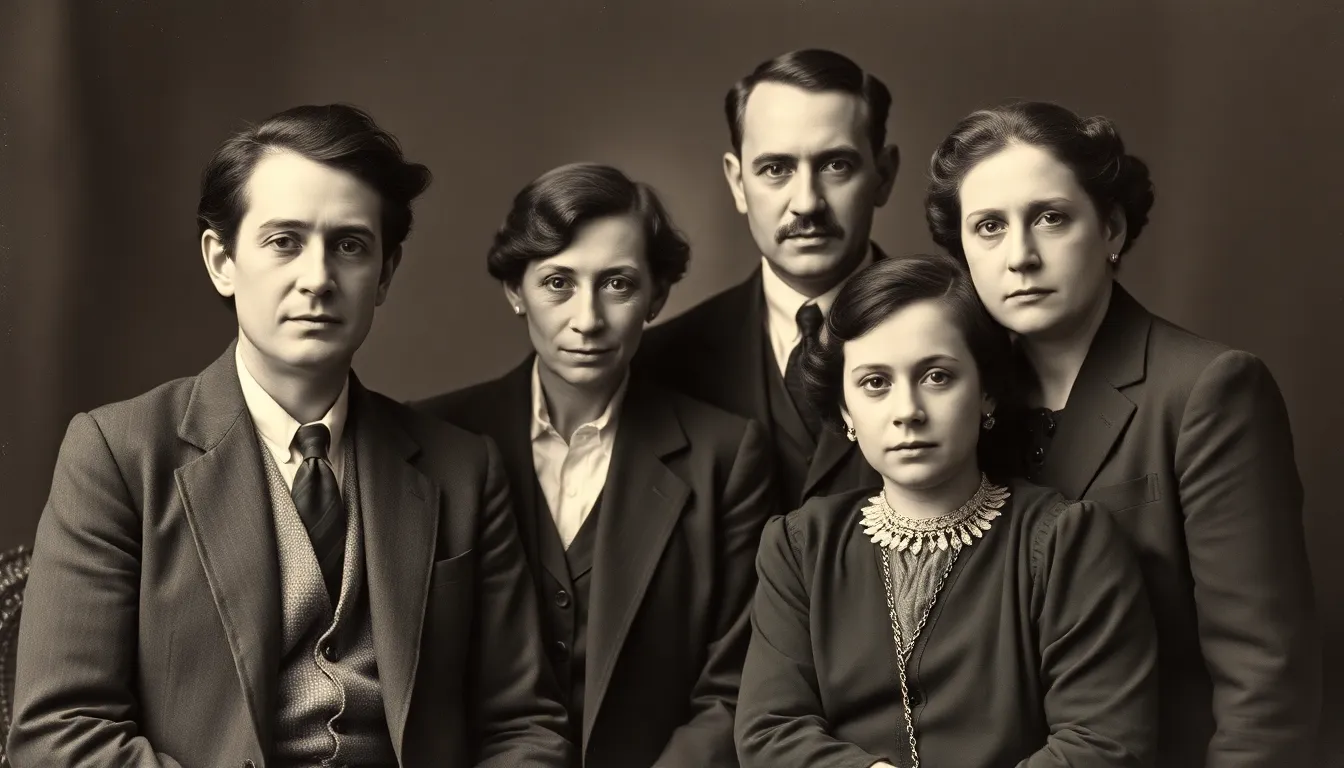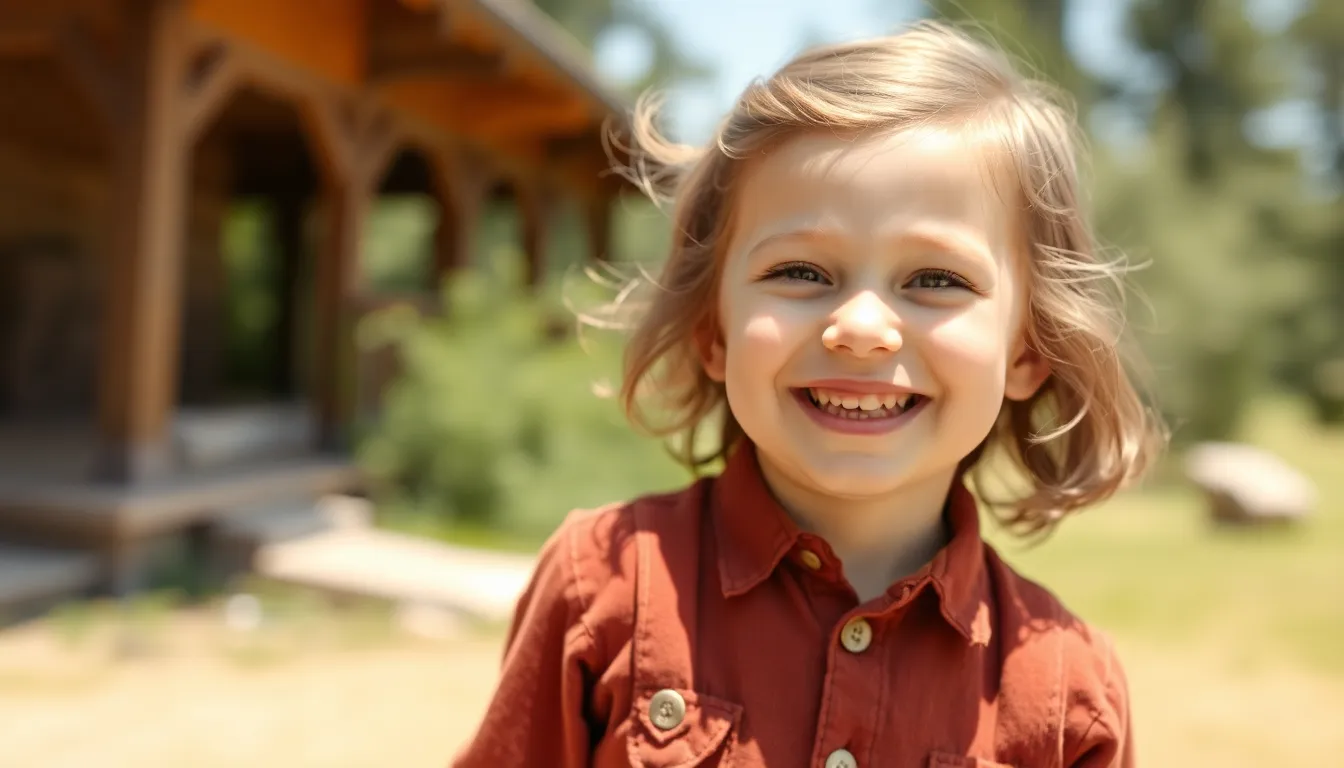Ever wondered why early photographs look like everyone just heard the world’s worst joke? For decades, smiles were as rare as a unicorn at a family reunion. People posed with serious faces, perhaps thinking that a smile would make their daguerreotype fade faster. But somewhere along the line, someone decided that grinning was the way to go, and the world of photography was never the same.
Table of Contents
ToggleThe Evolution of Photography
Early photography, emerging in the 19th century, did not feature smiling subjects. People often posed with serious expressions, driven by societal norms and the belief that smiles could cause photo deterioration. Long exposure times further contributed to the need for static poses.
As technology advanced, exposure times decreased, allowing for more natural and relaxed expressions. The introduction of lighter-sensitive films in the late 1800s played a crucial role in this change. Smiling began to gain acceptance as photographers started capturing candid moments.
By the turn of the 20th century, smiling had become a common practice in photography, partly influenced by cultural shifts. The rise of the snapshot in the 1920s encouraged more casual photography, leading to spontaneous smiles reflecting everyday life. People embraced smiles, integrating them into family portraits and social events.
The mid-20th century saw a further explosion of smiling in photography, aided by the invention of affordable cameras. With personal cameras in hand, individuals began documenting their lives more freely. Smiling became a staple in advertisements and portraits, promoting positivity and connection.
In contemporary photography, smiles remain prevalent, often signifying happiness and approachability. The evolution from serious poses to bright smiles highlights changing social dynamics and technological advancements in the art of photography.
Historical Context of Smiling in Portraits

Smiling in portraits reflects cultural shifts and advancements in photography. Early practices featured serious expressions, largely due to societal norms and technical limitations.
Early Portrait Photography
Early portrait photography often involved long exposure times, making smiles impractical. Subjects posed for several minutes, necessitating a still demeanor to prevent motion blur. Serious expressions were favored as they conveyed dignity and professionalism. The belief that smiling might cause photographs to fade faster influenced this trend. With limited technology, the focus remained on capturing strong, composed images rather than relaxed, joyful ones.
Cultural Attitudes Toward Smiling
Cultural attitudes toward smiling evolved significantly throughout the late 19th and early 20th centuries. As society began embracing more informal interactions, smiling photographs became more accepted. The rise of casual snapshots highlighted a shift toward personal expressions of joy. Influences from popular media and changing social dynamics contributed to this transformation. By the 1920s, smiling in family portraits and social events gained momentum, symbolizing a more approachable and relatable image.
The Shift in Photographic Practices
The evolution of photographic practices reflects significant societal changes.
Influence of Social Changes
Cultural norms shifted dramatically during the late 19th and early 20th centuries. Individuals increasingly viewed smiling as a genuine expression of joy rather than something inappropriate. Influentials, including artists and writers, encouraged relaxed interactions, promoting self-expression. As society embraced spontaneity, family portraits and social gatherings transformed, showcasing genuine moments rather than stiff poses. Growing interest in everyday life fostered this change, positioning smiles as symbols of happiness, approachability, and shared experiences.
The Role of Technology
Technological advancements played a crucial role in the shift toward smiling in photography. Early camera designs required long exposure times, limiting the ability to capture fleeting emotions. Transitioning to faster light-sensitive films in the late 1800s allowed photographers to seize candid moments. This newfound capability encouraged subjects to express themselves naturally, breaking away from traditional norms. The rise of affordable cameras in the mid-20th century made photography accessible, further promoting spontaneous smiles in family collections. Over time, these advances shaped a culture that celebrated joyful expressions captured in photographic memories.
Famous Smiling Portraits Through Time
Significant shifts in photography highlighted smiles in portraits throughout history, showcasing cultural evolution and technological advancement.
Iconic Photographs
One of the earliest iconic smiling portraits comes from 1902, capturing a joyful child by renowned photographer Edward S. Curtis. This image marked a departure from the stern expressions common in previous portraits. Another notable photograph is the 1920 image of the “Laughter” sculpture by Alice Neel; it emphasizes spontaneity and joy. The famous shot of James Dean, taken in 1955 by Dennis Stock, portrays relaxed charisma, showcasing an emerging cultural acceptance of smiling in photographs. These iconic images signify not just individual moments but also a collective cultural transition toward embracing happiness.
Influential Photographers
Several influential photographers shaped the trend of smiling in their work. Richard Avedon, known for his dynamic and expressive portraits, encouraged subjects to express genuine emotions, often capturing genuine smiles. Annie Leibovitz brought a creative approach to celebrity photography, emphasizing personal narratives and warmth. Furthermore, Yousuf Karsh’s portraits often showcased the character and charm of his subjects, with smiles enhancing their appeal. Each photographer contributed to normalizing smiling, helping to reshape societal norms in portraiture.
The evolution of smiling in photography reflects broader cultural and technological shifts. From the serious poses of early portraiture to the joyful expressions captured in modern snapshots, this transformation showcases society’s changing attitudes toward self-expression. As photography became more accessible and less rigid, smiles emerged as symbols of happiness and connection. Today, smiles dominate the visual landscape, emphasizing approachability and warmth in personal narratives. This journey not only highlights advancements in photography but also mirrors the evolving nature of human interaction and emotion.



